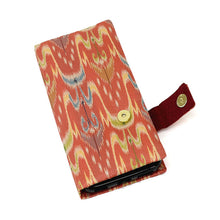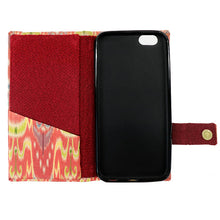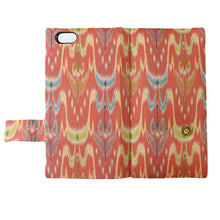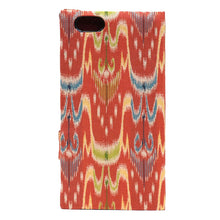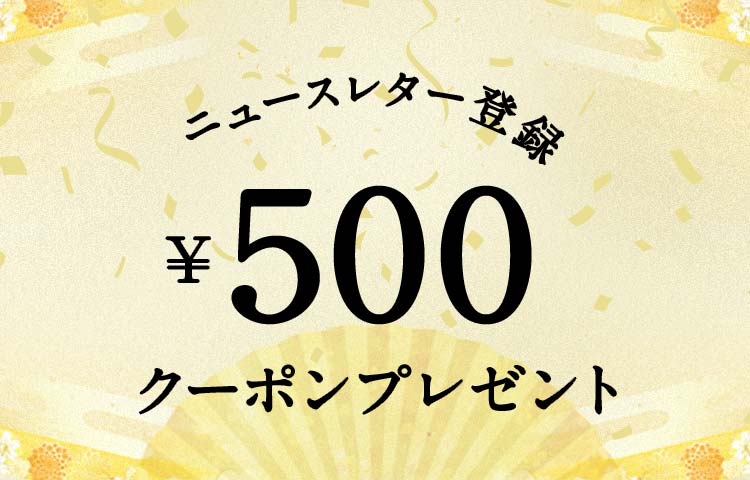
*The pattern may be different from the image shown due to the cutting process
Detail
| Product : | Smart-phone Case for iPhone (Shichiyo Taishi) |
|---|---|
| Type : | スマホケース |
| Tags : | For iPhone、 Web only、 Wrapping available、 Patterns_Seventh day of the seventh month Taishi、 Horyu-ji cleft、 |
| Other : | The pattern may be different from the image shown due to the cutting process. Please understand this in advance. |
| Other : | Gift wrapping service available |
Reviews
Description
Smart-phone case made of TATSUMURA silk fabric and crepe fabric inside. Enjoyable to use.
Patterns
Shichiyō Taishi(Brocade of the Seven Luminaries Pattern)

The original cloth is one of the kasuri fabrics (clothes with s plashed patterns) that have been handed down in Hōryū-ji temple in Nara, that are believed to have had been woven under the strong influence of th e Indian culture introduced to Japan in the Asuka period (593-710A.D.). It depicts the seven luminaries and composes the delicate and flowing rhythm using the seven-colored warp yarns. It is said that Prince Shōtoku (574-622A.D.) loved this design and so this is called one of the "taishi kanto" (Prince's fabric), together with two other designs in the ancient fabric.






